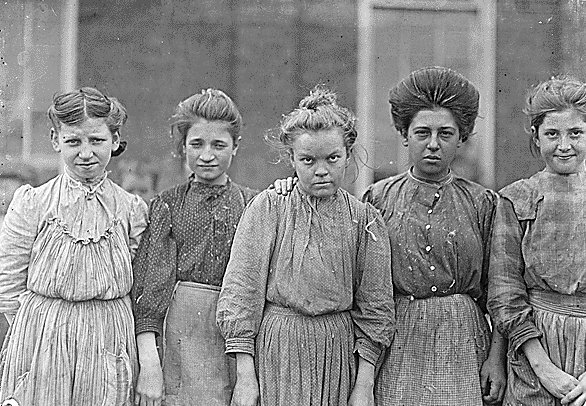Nicholas Carr’s The Glass Cage, a must-read if you want to understand all sides of this new machine age, is now out in paper. I like Carr’s thinking when I agree with him, and I like it when I don’t. He always makes me see things in a fresh way, and he’s a miraculously graceful writer. Carr put an excerpt from the book, one about the history of automation, on his blog. Here’s a smaller section from that:
Automated machines existed before World War II. James Watt’s steam engine, the original prime mover of the Industrial Revolution, incorporated an ingenious feedback device — the fly-ball governor — that enabled it to regulate its own operation. The Jacquard loom, invented in France around 1800, used steel punch cards to control the movements of spools of different-colored threads, allowing intricate patterns to be woven automatically. In 1866, a British engineer named J. Macfarlane Gray patented a steamship steering mechanism that was able to register the movement of a boat’s helm and, through a gear-operated feedback system, adjust the angle of the rudder to maintain a set course.
But the development of fast computers, along with other sensitive electronic controls, opened a new chapter in the history of machines. It vastly expanded the possibilities of automation. As the mathematician Norbert Wiener, who helped write the prediction algorithms for the Allies’ automated antiaircraft gun, explained in his 1950 book The Human Use of Human Beings, the advances of the 1940s enabled inventors and engineers to go beyond “the sporadic design of individual automatic mechanisms.” The new technologies, while designed with weaponry in mind, gave rise to “a general policy for the construction of automatic mechanisms of the most varied type.” They opened the way for “the new automatic age.”
Beyond the pursuit of progress and productivity lay another impetus for the automatic age: politics.•
Tags: Nicholas Carr

